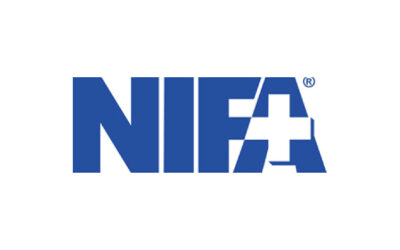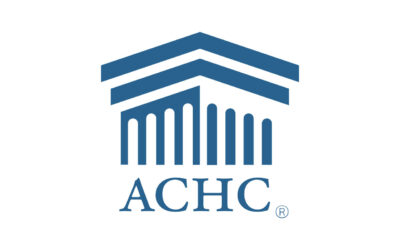What does it mean to say that you have an infection control (or risk management or quality improvement) program? You may, for example, have a series of policies that address a variety of infection prevention topics (e.g., hand hygiene, safe injection practices, equipment cleaning, disinfection and sterilization) – but does keeping those policies in one binder make them an IPC program?
Throughout the AAAHC Standards there are requirements for documented policies or plans, activities, and processes. There are also references to specific programs:
- Risk management
- Infection prevention and control
- Safety
- Quality management and improvement
- Peer review
- Biological hazards
- Physical hazards
What differentiates a program? Simply put, it comes down to scope and scale. In the context of AAAHC Standards, a policy establishes a rule; a plan or process is a repeatable way of doing something, and an activity is a discrete, measurable amount of work. A program, on the other hand, integrates these component parts (and often multiples of each) in an organized way to address a potential problem.
POLICY + PROCESS + ACTIVITY = PROGRAM
Let’s look at an example. It is AAAHC policy that an organization must be substantially compliant with the current Standards throughout its term of accreditation. Two processes that we use to implement this policy are on-site accreditation surveys and distribution of any and all updates to the Standards. Observation of a patient-provider interaction and review of a selection of clinical records are activities that we use to measure compliance with this policy. The policy, processes and activities are all elements of the overall accreditation program that addresses patient safety and quality of care in ambulatory health care settings.
A matrix approach
The infection control policy topics identified in the introductory example could (and should) be elements in an effective infection control program, but a collection of policies is not, in itself, a program. So where do you start?
When building a program, think both wide and deep. The first rule of developing a program is: Make it specific to your organization. Achieving this will almost certainly require the buy-in and contributions of a cross-functional team.
Begin by engaging this team in a formal risk assessment. To continue the infection control example, consider who your patients are, what services you provide, who your providers and personnel are, the geography and size of your facility, infections endemic to your location or population, and analysis of your existing infection control surveillance activities.
Then, document and prioritize your risks using a rating scale. For example, consider the likelihood of occurrence (low-medium-high), the level of risk represented (death, permanent injury, temporary injury, none), the potential impact on care, treatment, services, and how well prepared your organization is to deal with the identified risks.
With your issues prioritized, you can begin to set goals for the program. Make them SMART: Specific, Measurable, Achievable, Relevant, and Time-bound.
Rather than, “We will improve hand hygiene compliance,” a SMART goal sounds like, “Hand hygiene compliance will be 90 percent or better by the end of Q2 as measured by rotating observers.” This process (documenting, prioritizing, goal-setting) can be followed for each risk category in each program you develop. Think of building your program as developing a matrix. Each element of the program is important, but that value is magnified in the context of the overall program. Seen in the matrix view, each contributing element of a program has an associated goal that contributes to the higher level goal of the overall program.
Keep the picture big
Sometimes we lose the forest for the trees in building programs. For example, organizations can become so engrossed in developing quality improvement studies that they confuse them with QI programs. A QI study will, by definition, include a goal, collection and analysis of relevant data, corrective action, re-measurement, and reporting, but a QI program will integrate the study activities with peer review, benchmarking, and risk management. A study has a beginning and an end (although it can certainly be repeated); a program is ongoing – it should evolve in response to changing conditions and regular revision of the risk assessment.
Understanding the differences among policy, procedure, activity and program can mean the difference between compliance and noncompliance with many AAAHC Standards.
About the author
Angela FitzSimmons is Director, Marketing and Communications, for AAAHC and its family of companies. Since 2011, she has focused on bringing best practices to life by developing educational resources for AAAHC-accredited organizations based on the Standards.








